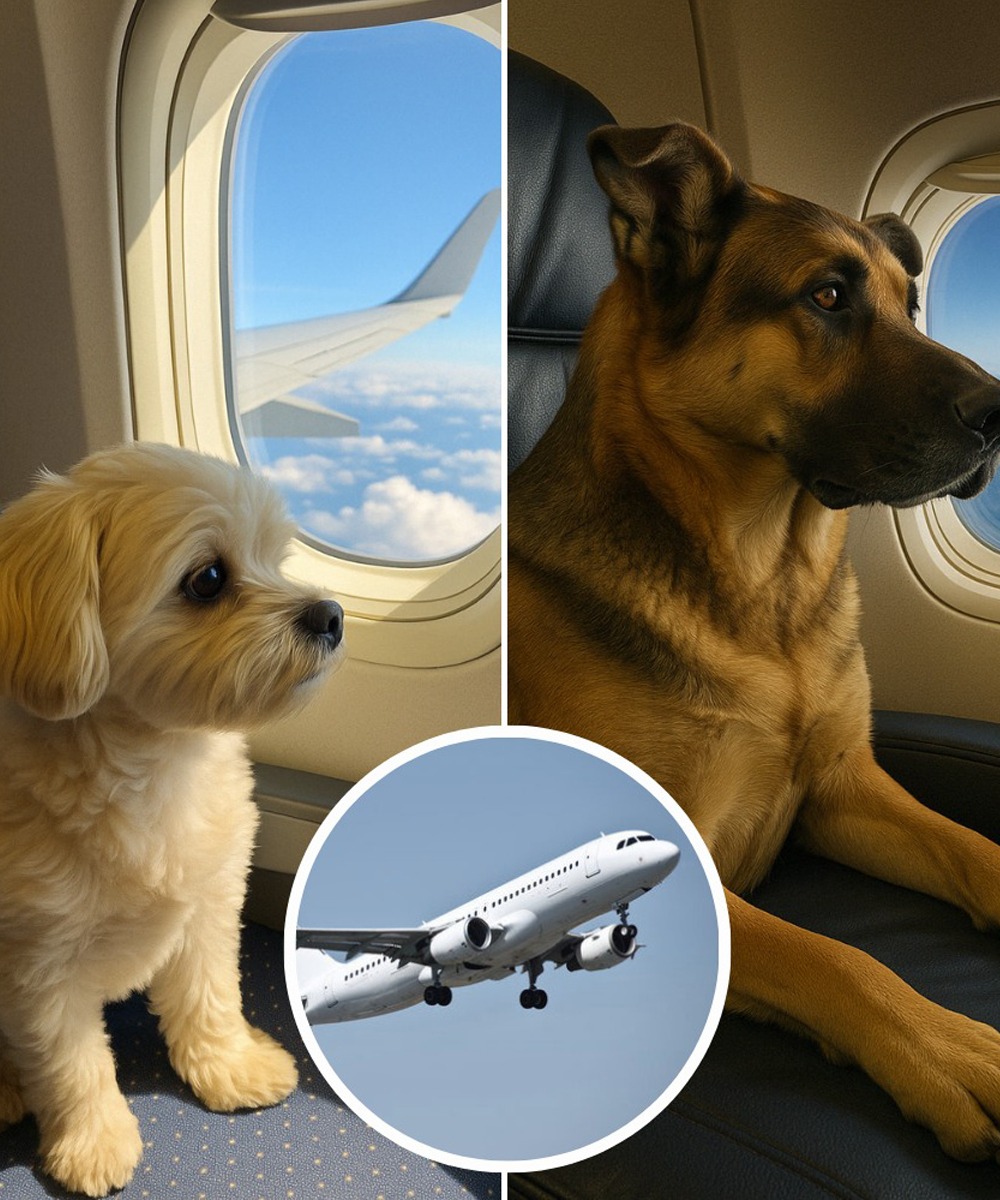Traveling can be just as exhausting as it is exciting, and when it comes to bringing pets along, people are often split. Some view traveling with a pet as an extra hassle, while others simply can’t imagine being without their furry companions, especially if they rely on them for emotional or medical support. These days, it’s becoming more and more common to see cats and dogs strolling through airport terminals alongside their owners.

Pets have a special place in our hearts—and our families—so it’s no surprise that many travelers feel torn when faced with the idea of leaving them behind. For some, traveling without their pets simply isn’t an option. Whether it’s the emotional bond or a medical necessity, many travelers need their pets with them no matter where they go.
Pets in the Cabin
In the past, traveling with a pet usually meant checking them in at the airport like a piece of luggage. Pets would ride in crates in the cargo hold, only to be reunited with their families at the baggage carousel. While accidents in the cargo hold have been rare, many pet owners understandably worry about their pets being scared, confused, or even traumatized by the experience. For these families, the thought of their pet being treated like luggage is just too much—similar to how they would worry about a small child flying alone.
Beyond emotional reasons, some travelers have a critical physical need to keep their pets close. Certain service animals are trained to alert their owners to medical emergencies like low blood sugar, seizures, or cardiac events. For these individuals, their pets aren’t just companions—they’re vital to their health and safety.
Because of this growing need, airlines faced mounting pressure to allow pets to travel inside the cabin. By the end of 2023, more than 20 airlines around the world had opened their cabin doors to furry friends.
Which Airlines Allow Pets?
Several major airlines, including French Bee, TAP Air Portugal, Air Canada, Delta, Lufthansa, and United Airlines, have adopted pet-friendly policies. However, each airline has its own set of rules and restrictions regarding pet travel.
Breed, size, and age restrictions are common. For example, many airlines require that puppies be at least eight weeks old before flying, while others insist on a minimum age of twelve weeks. United Airlines stands out for having no weight or breed restrictions, although pets must still fit inside a carrier that can be stowed under the seat in front of you. Service animals, on the other hand, are often allowed to ride without a carrier, sometimes even occupying their own seat.
It’s important to note that emotional support animals are generally not categorized the same as service animals under airline policies. While service animals can ride freely to assist with medical needs, emotional support pets are usually treated like regular pets. They can still ride in the cabin if they meet the airline’s size and carrier requirements, but they typically must remain in a designated carrier and may not have the same privileges as service animals.
Emotional Support vs. Service Animals
While emotional support animals are extremely helpful for many people dealing with anxiety—especially with an estimated 25 million American adults reporting a fear of flying—there’s a critical distinction between emotional support pets and service animals. Service animals are specifically trained to perform tasks related to a person’s medical condition. They aren’t just there for comfort; they have a job to do, and they are trained to stay focused, even in stressful environments. Service animals are often allowed to fly free of charge because of the essential services they provide.
This distinction has led to some debate. Not everyone is convinced that every animal labeled as an “emotional support pet” belongs in the cabin. Back in 2019, a passenger told USA TODAY about a flight where he questioned whether a support animal was truly serving its intended purpose. “I love dogs and understand some people have special needs,” he said. “But after watching it, I’m not sure what support it provided the owner. It looked more like a free trip for the dog.”
While many travelers sympathize with the need for service and support animals, others argue that airlines should also consider passengers who might suffer from pet allergies or who have a deep-seated fear of animals. It’s a tricky balancing act, and unfortunately, there’s no perfect solution that pleases everyone.
Things to Keep in Mind
If you’re planning to travel with your pet, it’s important to thoroughly check the airline’s specific requirements. Make sure your pet’s breed, size, and age meet the guidelines. Invest in a carrier that meets airline standards and help your pet get used to it before the trip. If your pet qualifies as a service animal, be prepared to provide documentation, and if you’re bringing an emotional support animal, remember that different rules may apply.
Traveling with a pet can add a little extra planning, but with the right preparation, it’s entirely possible to make the journey comfortable for you, your fellow passengers, and your four-legged friend.





